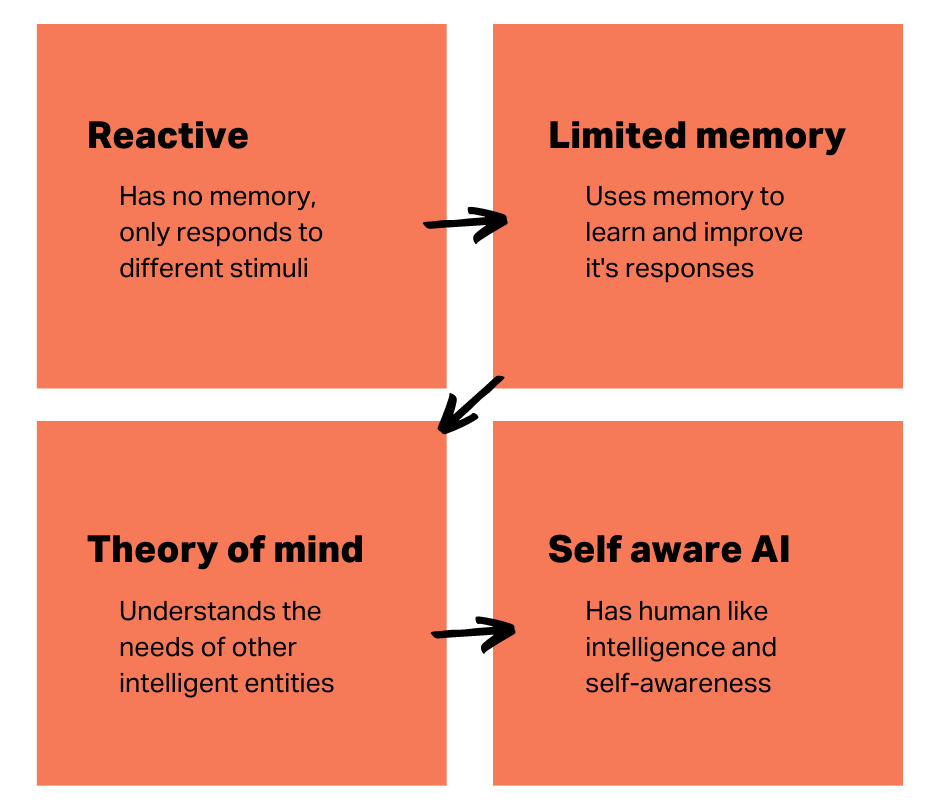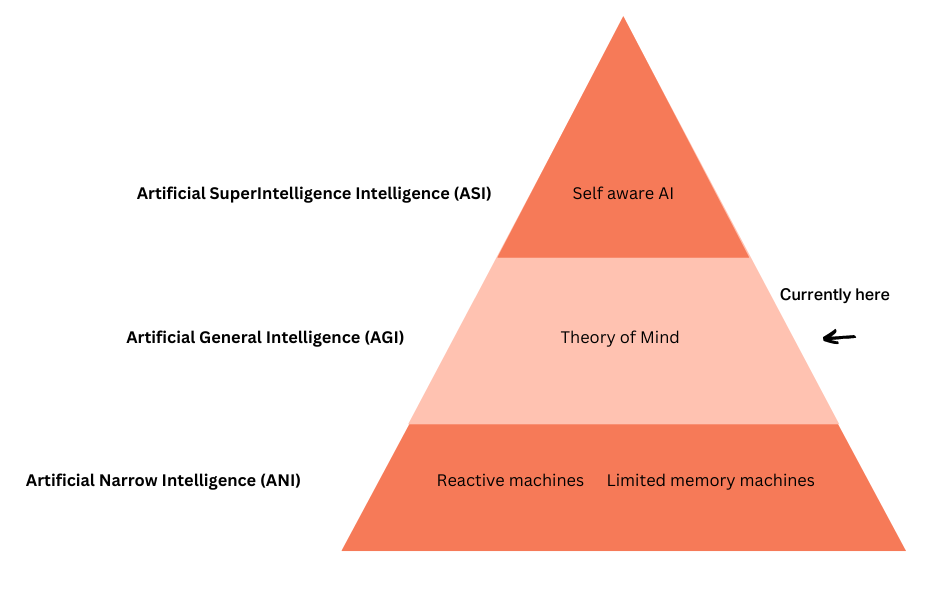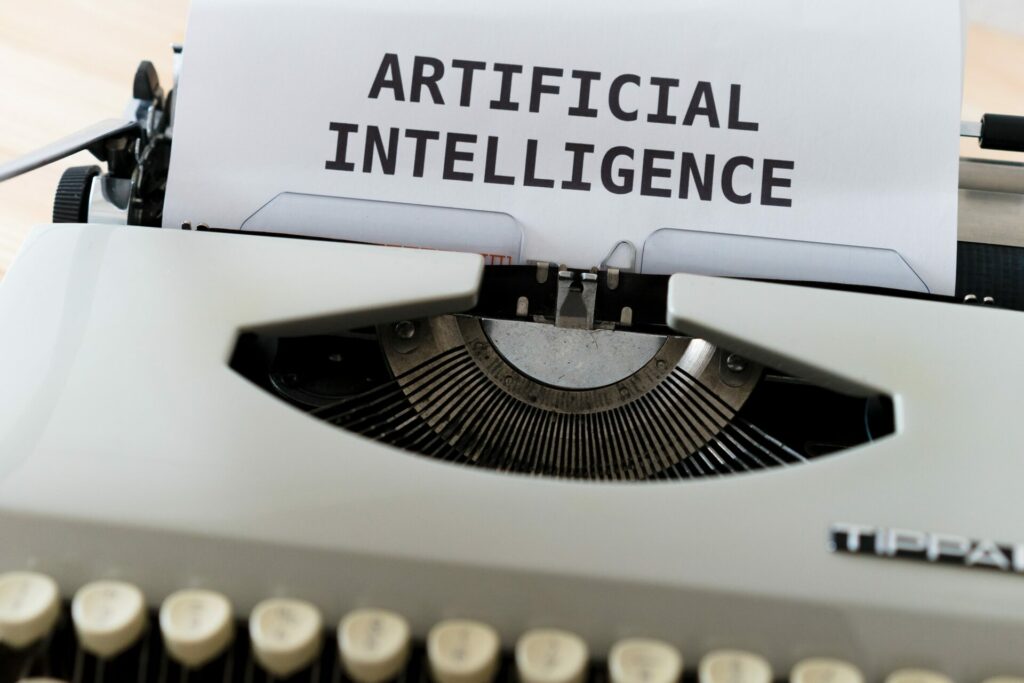Now, it ranks among the infamous. Which begs the question: what does emerging AI technology mean (the good, bad and ugly) for professional services and how can we proactively utilise it to benefit and add value to clients?
Since the inception of computer science in the 1940s, computers have been programmed to carry out complex tasks. With each new development in computing, we find ourselves amazed by the digital possibilities. In the case of AI – while it’s a trending buzzword – it is not a new concept.
| Brief summary
As AI advances, there are growing concerns about how it will impact professional service industries. While there are many ways AI can support efficient workflow through writing tools and content generation, it does have downsides. In recent months, we’ve caught a glimpse into some of these areas such as problems with copyright infringement, intellectual property and inaccurate information. The importance of acknowledging these issues was amplified recently with the resignation of Geoffrey Hinton – the “pioneer of AI” – warning that due diligence is needed now more than ever. |
What does AI mean?
AI is a broad term, but simply it is programming a digital computer or robot to undertake complex human tasks by coding the systems and processes (algorithms) to support the machine. AI technology is categorised into four different types of systems: reactive machines, limited memory machines, theory of mind and self-aware AI.

- Reactive machines are the oldest AI system, with extremely limited capability and an inability to “learn”. An example of this is IBM’s Deep Blue – which won in a chess game against Grandmaster Garry Kasparov in 1997.
- Limited memory machines build upon the features of reactive machines. However, they are limited to pre-programmed coding. An example of this is self-driving cars, facial recognition software and predictive texts.
To date, we are only familiar with these two: reactive machines and limited memory machines. Why the recent version of AI feels so unnerving right now is because we currently stand on the precipice of a significant transition into a new AI type: theory of mind.
- Theory of mind is generative with the capability to create (images, audio, written text). As this system is evolving in real-time, there’s large-scale uncertainty about the scope of what it can do. Forecasts predict it will be able to discern the user’s needs, emotions, beliefs and thought processes. An example of this type of innovation is OpenAI’s Chat GPT or GPT-4.
- Self-aware AI is currently only hypothetical but is a system with human-like intelligence.
Stages of AI development

Knowledge is power. So how do we integrate and prepare to lead our companies and teams through the evolving and emerging changes?
AI trends for professional services: the good, bad & ugly
The good –
AI tools can optimise workflow efficiency. As the experts in our respective areas, we still hold specific detail AI is not aware of – such as context, empathy or situational awareness. A way of thinking about AI is like a ‘co-pilot’ – we’re still the ‘captain’ within our businesses and industries – but AI can support with menial and time-consuming tasks.
Some emerging examples include:
- Web development: GitHub Copilot uses source code from OpenAI – the organisation behind Chat GPT & GPT-4 – to generate code. This can fast-track website development allowing website builders to spend more time on the design and customer-facing components.
- Voice-to-text transcription: Otter.ai converts spoken word into real-time text – as well as recording the audio – optimal in transcribing and recording meetings.
- Legal contract drafting: Spellbook generates draft contracts using source code from OpenAI’s GPT-4. The strong emphasis is on ‘draft’ as specific details for each company still need to be manually added.
- Images, video & text: GPT-4 – introduced in March 2023 – is capable of writing, coding and creating static images. Resourceful for quick content creation, although the ability to create content consistent with branding conditions is still a work in progress.
The bad –
Privacy. Regulation. Legislation. The uncertainty. Still in the early adopter phase, AI-generated content isn’t fully reliable and accurate, and we remain the experts within our industries. When utilising AI-generated content we need to be vigilant and ensure it is still factually correct. This is our significant point of difference. While Jo Bloggs on the street may use AI to create content, he lacks the interconnected context to convert it into something that is of high quality and adds value to clients.
Some emerging trends to be aware of:
- AI-generated art & music: An AI-generated song claiming to be written and sung by Drake and The Weeknd was released in April 2023. Universal Music Group (which represents both artists) is calling for streaming sites to clamp down on AI-generated music. It raises concerns about music piracy and dilution of the market – making original creations harder to find and violating artists’ legal rights.
- Recruitment process: The sage advice that a person’s CVs should “stand out” in a pile of CVs is becoming redundant, with large corporate organisations utilising algorithm sorting tools. Among them recruitment agency ZipRecruiter suggests a CV’s only role now is to be comprehensible to the software that is reading it, because it will determine if a human ever sees the resume.
- Big tech changes: Partnerships between Microsoft – who are invested in AI software company DeepMind – and Samsung could see the resurrection of Microsoft’s search engine Bing. In March, Samsung alluded to integrating Bing as the default browser across all their hardware devices. This poses the biggest threat to Google’s business positioning – which has remained unchallenged for 25 years – resulting in Project Magi. An estimated 160 Google employees are involved with Magi and currently working in “sprint rooms” to finish AI integrations and upgrades in an attempt to stay ahead of the AI race.
The ugly –
When it comes to writing, a wise person once said – show, don’t tell. In this case, rather than make assumptions about AI’s capability, we’ll leave this to Chat GPT to explain the future of AI (we asked Chat GPT to write this part):
| Chat GPT: The rapid advancement of artificial intelligence (AI) technology has led to significant changes in professional service industries such as law, accounting, and consulting. In the short term, AI can provide cost savings and improved efficiency by automating routine tasks and providing data-driven insights. However, this can also lead to job displacement for professionals who perform these tasks. Additionally, AI may struggle with more complex tasks that require human intuition and creativity, leading to potential gaps in service quality.
In the long term, the downsides of AI advancement in professional service industries could be even more significant. As AI becomes more advanced, it may begin to encroach on tasks previously considered the exclusive domain of human professionals. This could lead to a reduction in demand for human professionals, particularly in industries where tasks are highly routine and predictable. Furthermore, as AI becomes more capable, it may begin to replace even more complex tasks, potentially leading to a decline in the need for specialised expertise. Overall, while AI has the potential to improve efficiency and reduce costs in professional service industries, there are also significant downsides to its advancement in the long term. It is likely that human professionals will need to adapt to these changes by focusing on areas where AI is less capable, such as complex decision-making and creative problem-solving. |
Summary
While AI is advancing quickly, the technology still has limitations. We see this within our own industry. Chat GPT can write a basic press release, but the content is generic. It lacks the soft skills to adapt and tailor language to a specific audience. AI can produce a quick press release, but it doesn’t have the adaptable skills to shape the story into something a journalist would read, let alone, run in their publication/platform. Contextual awareness – that is the significant difference between human and AI generated content. While AI provides the bones, it still requires a person to mould the words into something that truly connects. As we look to the future, this integration – between traditional and digital/AI processes – will be pivotal for the survival of professional service businesses. Similar to when social media first emerged, it’s important to have a clear plan in place, rather than introduce every AI feature and take a scattergun approach.
Instead, it’s about building an AI-integrated business strategy. From there, we can communicate these AI integrations to our teams (internally) and to clients, customers and key stakeholders (externally). With years of experience in strategy and communication our team of expert journalists and SEO specialists can support you in the process of refining your AI integrated communication plan and strategy.

